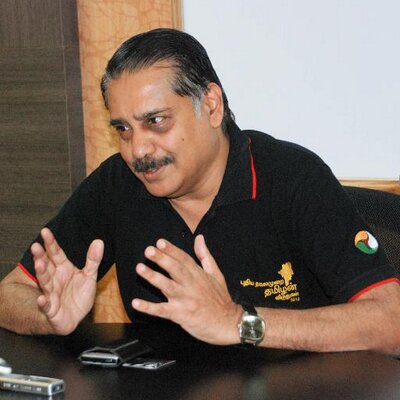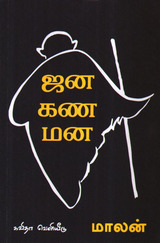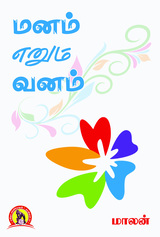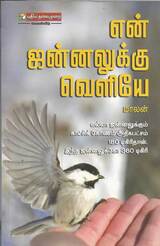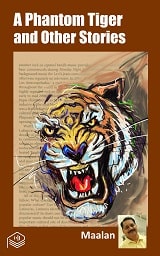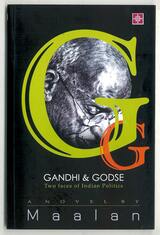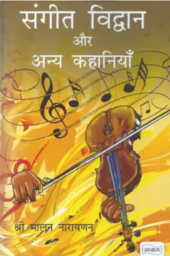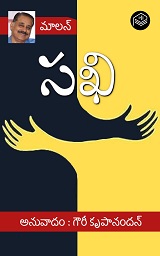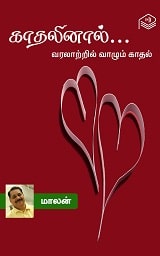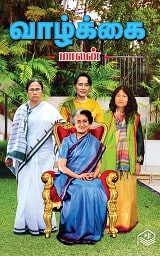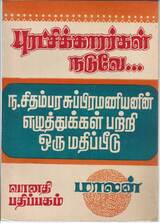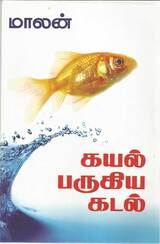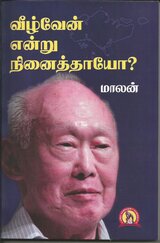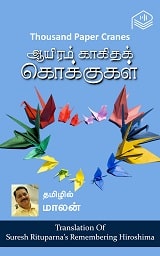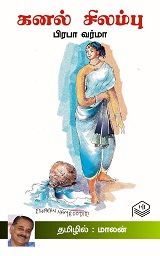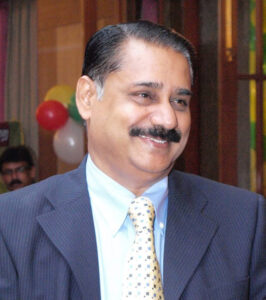Though Media Leaders’ round table was a good forum to share views on the issues staring at the media world, a few media leaders felt the time for interactions were not adequate and hence speeches need to be minimized and interactions to be encouraged. Basing on such feed backs changed the format of discussion.
The organization committee sent a letter to all media leaders on March 8 2016 which reads as below: “
The forum that will take place on the afternoon of March 22 will be conducted in a “roundtable” format. The forum will assign someone to chair the meeting with representatives raising their hands and the chairperson selecting those to speak. Each representative will get no longer than three minutes to talk when commenting and can contribute to multiple topics.”
Yet they also suggested three topics so that the discussions would remain focused.. 1.The new situation facing the media 2.Case sharing of media integration and media cooperation 3.Cooperation mechanism of the media. I raised my hand to speak on the new situation facing the media. Below is the gist of my speech: in bullet points:
I started saying ” The bad news is dinosaurs are becoming extinct .And the good news is butterflies can survive” and made these points
Challenges
New technologies have
- Caused disappearance of newspapers.
- Changed the pattern of news gathering and news dissemination.
- Changed the pace at which information was transmitted.
- Made text and consequently writing skills redundant.
Opportunities
But they have
- Ushered in new generation readers/audience.
- Made networking easy.
- Blended text, graphics, photos, and audio to provide a multimedia experience.
- Made archiving, retrieval, and transformation less cluttered
And how to face it?
- Convergence is the window of opportunity for traditional media to align itself with new technologies
- The blending of media forms should evolve as a strategy
- This strategy necessarily has to deal with seven elements in order to derive best out of it.
I recalled the seven elements to strategize the situation for best outcomes, I mentioned in my earlier speech
Those seven elements are :
1) Communication,
2) Commitment,
3) Cooperation,
4) Compensation,
5) Culture,
6) Competition, and
7) ‘Consumer’
**
Soon after the round table I had an opportunity of meeting Mr.Li Zhaoxing former foreign Minister of Republic of China (2003-2007).Mr. Li is a well read scholar who can make any chat affable. In our chat I asked him about what is the grand design behind the Silk route strategy. Among a few things we chatted that evening Tagore figured in one.
Tagore had a special love for China that is “eternally revealing a joyous relationship unforeseen,” , His Gitanjali was translated by no less a person than Chen Du Xiu, one of the founding fathers of the Communist Party of China as earl y as 1915, within two years it was awarded Nobel Prize
Mr. Li recalled his visit to Tagore’s house in Kolkatta, during his visit to India even before becoming a politician and a public figure. He was a university student then but as he was feeling grateful for the words of Tagore on Japanese invasion. On hearing about Japanese invasion of China Tagore wrote to his friend, a Japanese poet, Yone Noguchi, that “the reports of Chinese suffering batter against my heart”
I normally don’t like milk-less tea as I find them bitter. But the chat with Mr Li that evening made the tea sweeter

